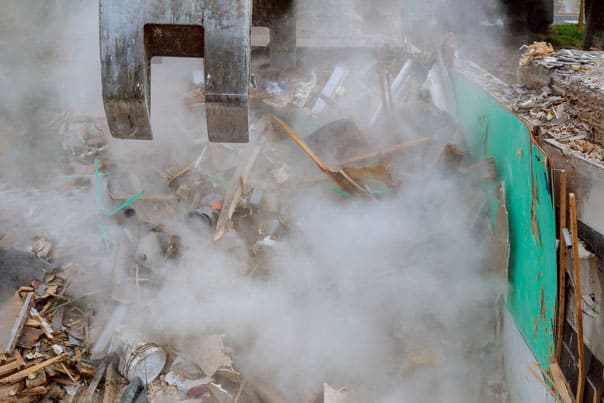First of all, let’s talk about the dangers of demolition plants. Demolition plants, as you may know, are facilities where buildings and other structures are taken apart or destroyed. These facilities often use heavy machinery, such as cranes and bulldozers, to knock down buildings and remove debris. While these machines are incredibly powerful and efficient, they also pose significant risks to workers and anyone in the vicinity.
One of the biggest dangers of demolition plants is the risk of accidents. These can be caused by a variety of factors, including human error, mechanical failure, or improper use of equipment. Accidents can result in serious injuries or even fatalities, not only for workers at the plant but also for people in the surrounding area.
Another danger of demolition plants is the potential for hazardous materials to be released into the environment. Many buildings contain materials such as asbestos, lead, and other toxins that can be harmful if not properly handled and disposed of. When these materials are released into the air or water, they can pose serious health risks to people and the environment.
So, what can we do to ensure the safety of workers and the community around demolition plants? First and foremost, it’s important to have proper safety protocols in place. This includes ensuring that workers are properly trained on how to use equipment and handle materials safely. It also means having emergency plans in place in case of accidents or hazardous material spills.
In addition to having proper safety protocols in place, it’s also important to regularly inspect and maintain equipment. This can help identify potential hazards before they become a problem, and ensure that machines are functioning properly and safely. Regular inspections can also help identify any areas where improvements can be made to further enhance safety.
Another key component of ensuring safety at demolition plants is communication. Workers should be encouraged to report any potential hazards or safety concerns, and managers should take these reports seriously and address them promptly. Additionally, it’s important to communicate with the community around the plant, letting them know about any potential hazards or risks and what is being done to mitigate them.
Finally, it’s important to remember that safety is everyone’s responsibility. Workers at demolition plants should be trained and empowered to prioritise safety, and to speak up if they see any potential hazards or concerns. Additionally, the community around the plant should be encouraged to be vigilant and report any concerns they may have.
In conclusion, while demolition plants may not be the most glamorous topic, they are an important one when it comes to safety. By prioritising safety protocols, regular inspections, communication, and individual responsibility, we can help ensure that these facilities are safe for workers and the surrounding community. As entrepreneurs, it’s our responsibility to be aware of the potential risks that our businesses may face, and to take proactive steps to mitigate them. By doing so, we can help create a safer and more sustainable world for everyone.
Cheers,

![]()






